- The City Sponge
- Posts
- Water In, Money Out
Water In, Money Out
Federal funds drying up?

The return on investment for flooding has been studied in a few places:
$1 in flood mitigation saves $13 in repair (US Chamber of Commerce)
$1 invested in flood protection can save $5-8 on avg (Pew Trust)
$1 invested leads to $6 ROI (Nat’l Institute of Building Sciences)
And yet, formerly-approved federal funding for projects in this area are being pulled back. The financial cold-front emanating from Washington DC right now is rippling through so many sectors here and globally, including the ways NYC prepares for flooding.
We can spend it now, or spend much more later (and by later we mean the next few years).
Now we do not have to agree on politics, parties or who should be president, but maybe we can probably agree on these fundamental concepts, which are:
We like our stuff dry.
We don’t like water in our homes or businesses.
We don’t want to walk or swim through sewage when trying to get to work or school.
We don’t like breathing mold spores.
Money spent AFTER a big flood is more expensive than money required to prevent one (see below).
Money spent AFTER helps us get back to where we were BEFORE, whereas money spent on pro-active mitigation helps us avert those bigger costs and go beyond where we are now.
To do meaningful work before and after flooding events, we all need access to capital.
With that said, let’s list some of what is going on…
NYC starting to lose federal funds for flooding
In April 2025, FEMA announced $325M in cuts to New York even though the Building Resilient Infrastructure and Communities (BRIC) programs were celebrated by both political parties for their cost-savings just a few years ago.
The New York Times did a great story on this:
From the NYT article:
More than $11 million has been eliminated for a storm surge barrier to protect the Polo Grounds Towers public housing development.
A neighboring public school in Harlem; $100 million has been eliminated for storm water mitigation measures in East Elmhurst, Queens, and in Central Harlem.
More than $20 million has been eliminated for storm water mitigation efforts designed to protect residents of the Breukelen, Nostrand and Sheepshead Bay Houses, all public housing developments in Brooklyn. The FEMA webpages describing those projects have been taken down.
The head of New York City’s office of emergency management, told the City Council that the Trump administration had put as much as two-thirds of the city’s emergency response budget at risk; federal funds underwrite 66 percent of the department’s budgeted head count.
About these cuts: “I might fall off the couch,” said Amy Chester, the director of Rebuild by Design, a New York University-based nonprofit that helps communities adapt to climate change, when told about the cuts. “These are so important — every single one of these programs are life and death.”
There is more at stake
As bad as that is, $300M is only a small piece of the flooding investment puzzle in NYC.
NYC Storms over the last 10 years have proven that we cannot sump pump our way into the future. There have been a few, but the big one - Sandy - led to $19B in citywide damages and lost economic activity according to NYC Economic Development Council (EDC).
“Based on current projections, if no action is taken, sea-level rise will submerge parts of Lower Manhattan on a regular basis in this generation and put critical infrastructure and jobs serving all of New York City and the region at risk. This includes our subway and ferry network, our sewer system, 10 percent of the city’s jobs, and many historic, cultural and community assets.”
Bigger storms were devastating, but they helped to galvanize political alignment from city, state and federal officials who agreed to initiate large scale infrastructure efforts to fight flooding.
It’s why the federal government had agreed at various times over the last 10 years to provide what is estimated to be over $3.1B in funding support for various large scale mitigation projects in NYC…but the plug on that pool of money may soon be pulled.
According to Louisa Chafee, the Director of Independent Budget Office (IBO) which provides non-partisan information on the city finances, the new administration in Washington threatens New York City climate resiliency work.
“The city relies on federal funding to support Homeland Security initiatives, medical and educational research, child care, public transport, climate resiliency, and many other functions.”
A stark contrast to the sentiment from this Waterfront Alliance report from 2000: “buoyed by the victory of Joe Biden, urban planners in New York and beyond are daring to hope for an influx of federal dollars next year.”
So it sounds like we may have started work that we may not be able to finish. 😬
Q: How much are we talking about?
A: At least $3.1B in federal funding but maybe more
Coming up with the number is tricky as big capital projects have money coming in and out over the years: some has been allocated and spent, some not spent and clawed back, some allocated and still holding.
We tried to get a more precise answers from IBO, OMB, and the Comptrollers office.
Here is what we can surmise (and feel free to email us if you think we missed something as I would be happy to update this):
For flood resiliency, NYC will spend about $44M in 2025 on “expense” projects and $9.3B between 2024-2028 on “capital” projects. Just on flooding.
So that’s about $9B to prevent the $19B in loses from a storm like Sandy.
Looking at three government reports listed below, here are some of the major NYC resiliency initiatives that were made possible with federal funding:
East Side Coastal Resiliency (ESCR) Project – $335 million
Lower Manhattan Coastal Resiliency (LMCR) Project – (Federal funding unspecified)
National Disaster Resilience (NDR) Grant – $176 million
Resiliency Projects Post-Hurricane Sandy – $2.56 billion
New Total of Federal Funding (excluding LMCR)
335M + 176M + 2.56B = 3.071B
The actual amount may be higher if the LMCR project includes significant federal contributions.
Sea Grant which helps coastal communities may lose ALL funding
Sea Grant, a cooperative program of Cornell University and the State University of New York under National Oceanic and Atmospheric Administration (NOAA) and operating since 1971, helps coastal communities connect with latest science and techniques. They work both in the city AND upstate.
You may know be aware that 81% of our New York State population (approximately 20M) live near coastlines (including the lakes), for which there are 2,625 miles of throughout the state.
They say that as this Congress finalizes next year’s federal budget, Sea Grant faces the potential loss of ALL federal funding. ALL funding, which includes:
erosion control
resilience planning
an app to document local flooding conditions called My Coast
Express support for the program here: https://lnkd.in/eSRm8WgQ
NYC projected to lose 80,000 homes in 15 years
A recent report by the Regional Plan Association (RPA) says that more than 80,000 homes on Staten Island, in southeast Queens and in the suburbs east of New York City could be lost to floods over the next 15 years.
Some excerpts as it relates to federal funding:
“Proactive climate adaptation projects are among the most expensive efforts we will need to pursue in the coming generation.
“However, we primarily currently fund them by depending on federal resources allocated after natural disasters cause damage. This reactive approach is already unsustainable and needs to be replaced with initiatives that reduce risk before a disaster occurs.
“State and federal governments can also establish goals and benchmarks by performing regional housing assessments, simplifying public and environmental review processes for specific projects, and assisting in aligning land use changes with incentives and funding priorities.”
The RPA report is extensive. They are not “partisan.”
They say it would be LESS expensive if we proactively address the coming needs.
Bottom line: We want to spend before the storms come, or spend much more in the next few years.
Is there something we missed? Email us
Do you have a different point of view? Let us know.
Interested in other flooding topics? Use the The City Sponge search bar
Find this useful? Please share with your neighbors…here is a simple way to do it, copy and paste below: Hey: I found this local resource on flooding info and tips in NYC called The City Sponge. They cover a lot of topics about how to prepare, things you can do inside and outside, insurance, incentives, etc. www.thecitysponge.com

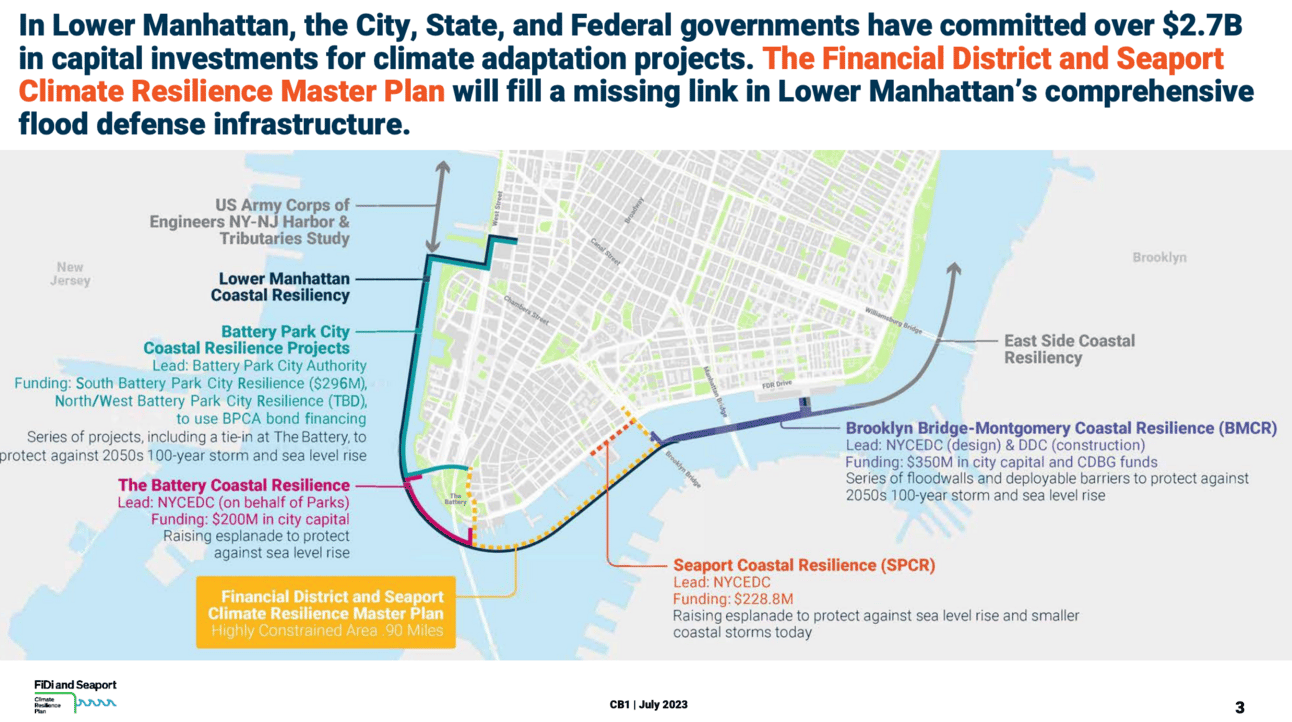
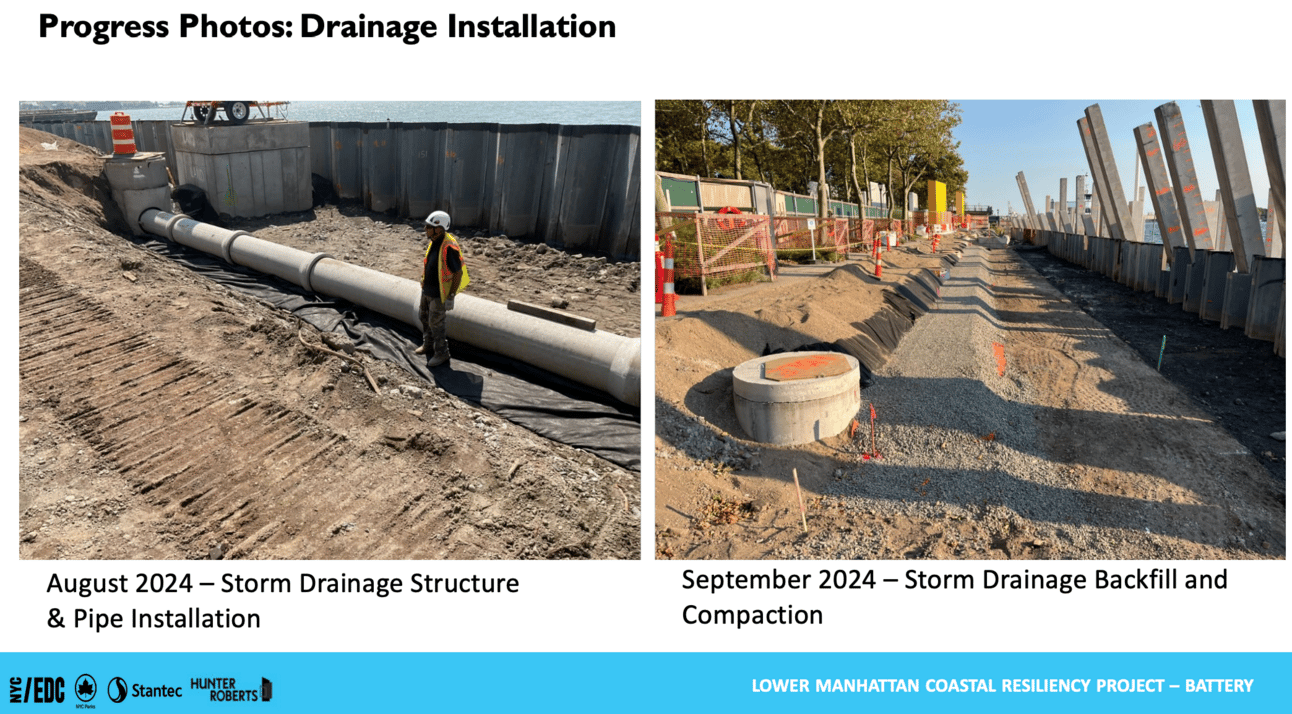
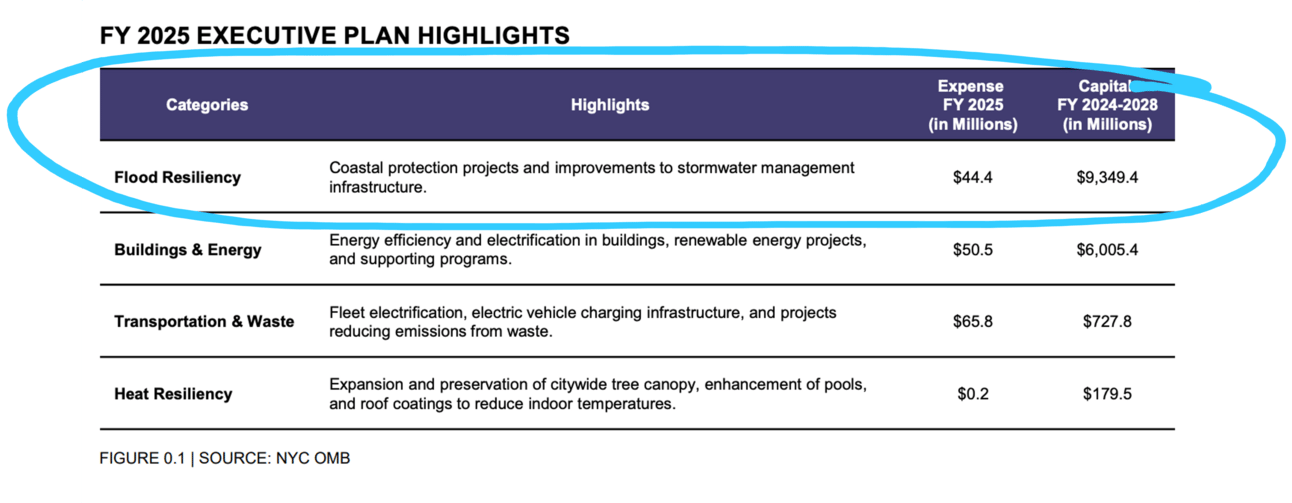
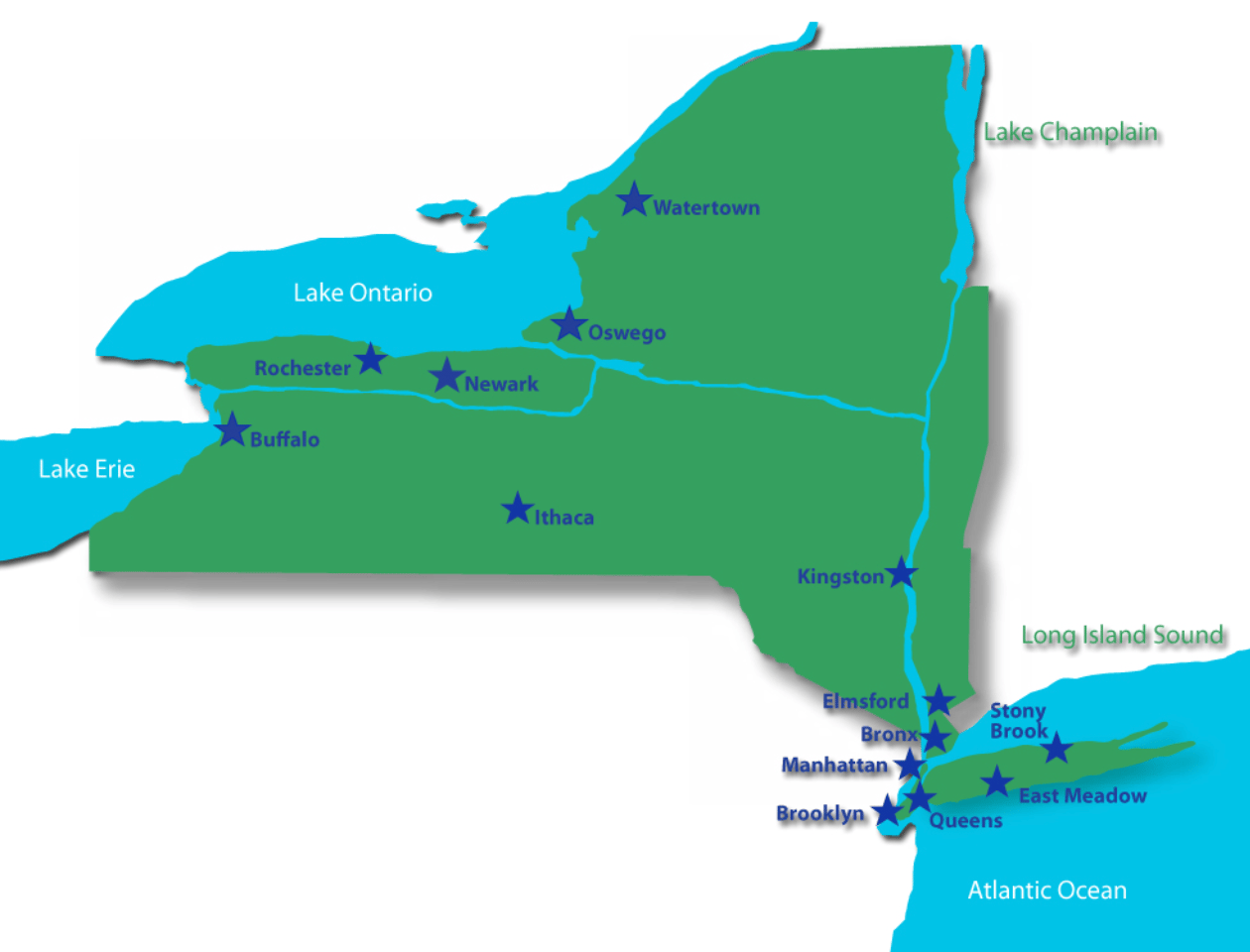
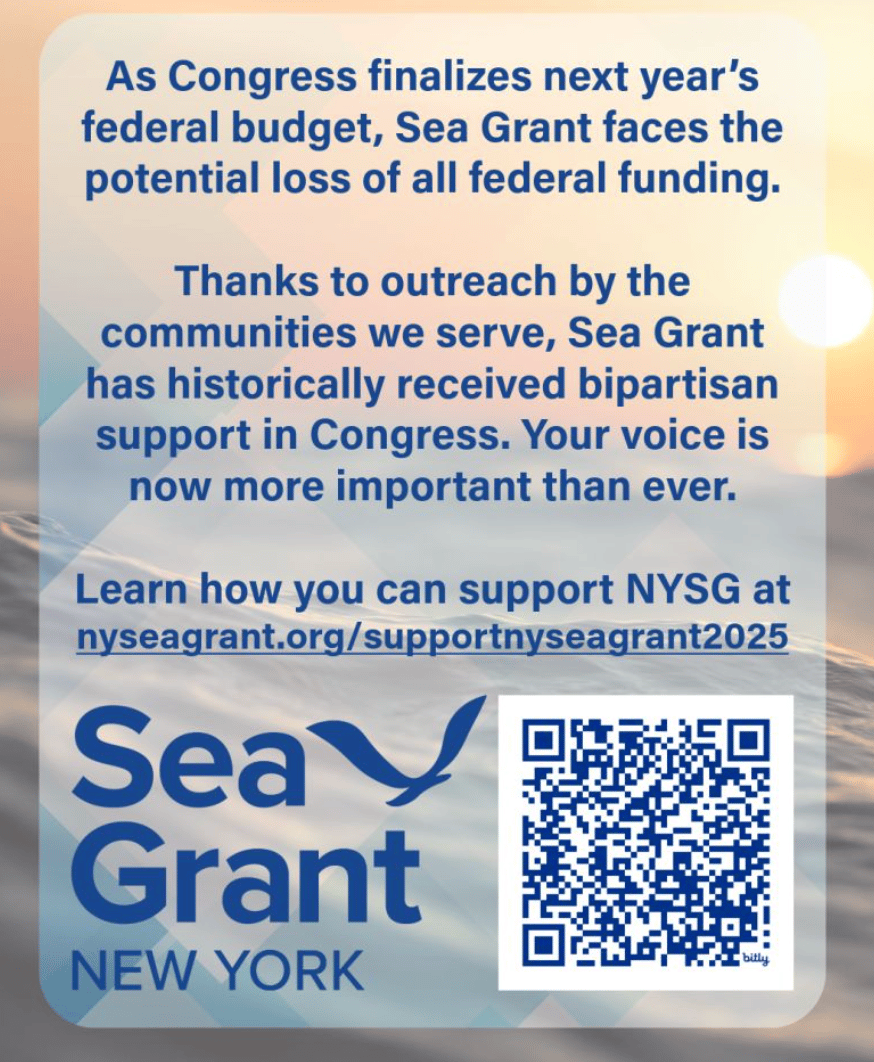
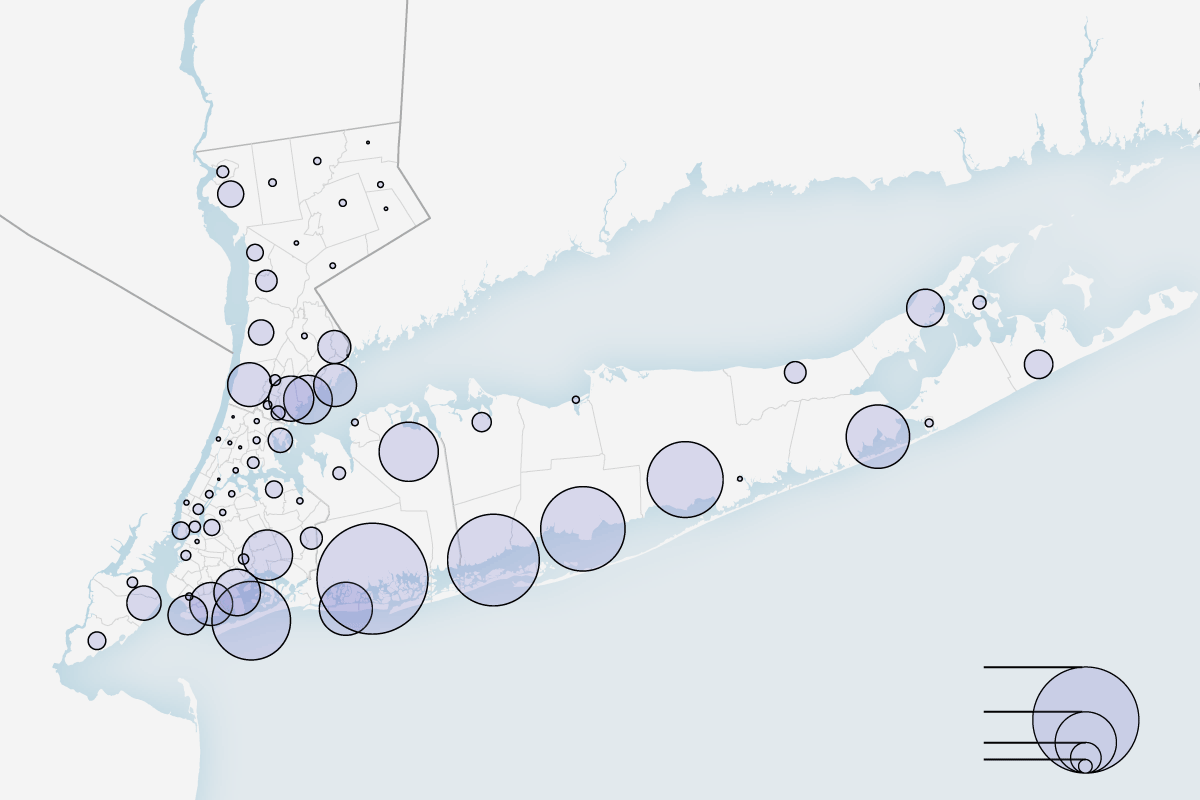
Reply